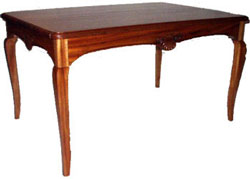
We thought it would be interesting to hear about the state of woodworking education in French Canada. So we were happy to make the acquaintance of Etienne Auger, student in a professional woodworking program at Le Centre de Formation Professionnelle de Neufchtel near Quebec City in Canada.
“This is a two-year degree program & around 1,600 hours.” Etienne explained, “There are more hours in shop time than in the classroom. The emphasis in on the old Quebec tradition of fixing or making furniture rather than the new production methods of cabinetry.”
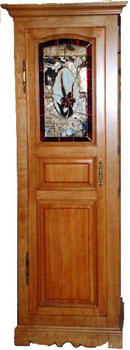
There’s a strong tradition of woodworking in Quebec with a current revival of the pieces from colonial days. The course covers the French styles brought into North America and the more homegrown colonial styles and the effect both have had on Quebec furniture over the years. And Etienne explained that you find lots of antique furniture in Quebec City.
“It’s something many Americans have also learned,” Etienne noted, “and quite a lot of them come up to get Quebec furniture because of the style, joinery, and quality of craftsmanship. You will also find a lot of pieces on eBay that were made in Quebec. The pieces with the distinctive diamond-point carvings get the highest prices.”
And with the renewed interest in antique furniture, the program also covers furniture restoration.
“I’m currently restoring a three hundred-year-old chair that has been valued between $500 to $600.” Etienne explained, “And a professional will look at my work and compare it to a similar chair that is now in a museum.”
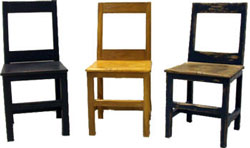
The woodworking program started about ten years ago. Students have to qualify for the program, but Etienne doesn’t think it’s particularly useful.
“We take an aptitude test for working with the machines. But they don’t find out the interests we have in woodworking.”
here’s some regimentation to the course, and each student must complete certain required pieces. And as part of the program, each student had to find a shop where he or she can work for three weeks. The students are not paid, but there’s often the promise of future employment.
This is what we call a real life experience where we prove ourselves and may possibly get a job. I have found a place in a little shop with two brothers who were looking to engage a third party to help them make cabinets.”
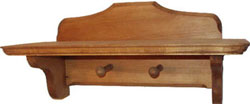
Thirty three students will finish the program this year and almost 75% of graduates will work in the profession.
“I think we have a nice base and a good future in cabinetmaking.” Etienne declared and plans to open his own shop in three years.
“It’ll be right next to my house and maybe with a little room where I can invite my customers to see my products. I think in Quebec working on your own is the only way to get the best salary. There is too much competition in the big industries, and it makes it really hard for a small shop to pay a good salary.”
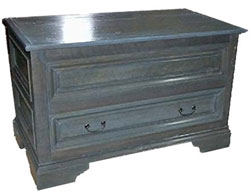
Recently, Etienne and other students have been involved in organizing a show of furniture created by students in the program. “Exposition Finissants 2004” was held last weekend. The show provided the future cabinetmakers with some recognition at the same time it educated the public on the value of traditional woodworking methods. Students were on hand to answer questions on plans, the choice of wood, using hand tools and specialized machinery, and methods of joinery.





